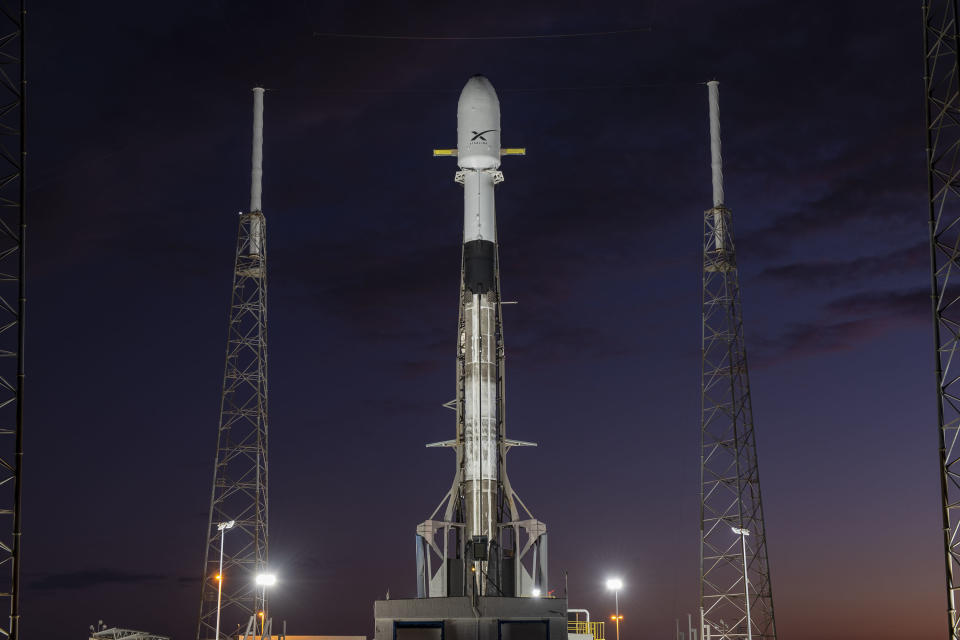Watch live as SpaceX launches 60 Starlink satellites with a thrice-flown Falcon 9 rocket

SpaceX has a big launch coming up this morning from Cape Canaveral in Florida -- a Falcon 9 will carry a payload of 60 of its Starlink orbital communications satellites to space at 9:56 AM ET (6:56 AM PT). The Starlink satellites are the first non-test group of SpaceX's new constellation heading up en masse, with the aim of helping set up a network that will eventually provide global high-speed internet connectivity.
SpaceX has already sent up 62 Starlink satellites in total, across two test batch launches: Two launched in February 2018 from Vandenberg in California, aboard a rocket that was also transporting a satellite called "Paz" for a client, and 60 launched in May of this year, a large test batch that was used to trial ground-based communications, as well as controlled de-orbiting mechanisms. Of those 60, 57 satellites are still in orbit while three became non-operational after launch.
This mission will set up this new batch of 60 Starlink satellites in orbit, which feature increased spectrum capacity and construction that features 100% "demisability," which means that at the end of their operating life they'll burn up completely upon controlled re-entry to ensure there's nothing left behind once they're no longer in use. This is one of six launches of Starlink satellites that SpaceX says will lead up to the launch of its service across the U.S. and Canada, and one of 24 launches that will enable global high-bandwidth broadband service.
Besides setting up the foundation for its global satellite internet network, this launch is noteworthy from the perspective of SpaceX's focus on re-usability. The first stage for the Falcon 9 used here previously flew on three separate missions, a record for a Falcon 9 booster in terms of re-use, and the fairing used to protect the payload also flew before on the Falcon Heavy Arabsat-6A mission launched earlier this year. SpaceX plans to land the booster again, and it will attempt to recover the fairing once again, using its sea-borne catcher vessels in the Atlantic.
The launch window at 9:56 AM ET is instantaneous, and SpaceX should begin broadcasting the live stream above about 15 minutes prior to that.

 Yahoo Finance
Yahoo Finance 